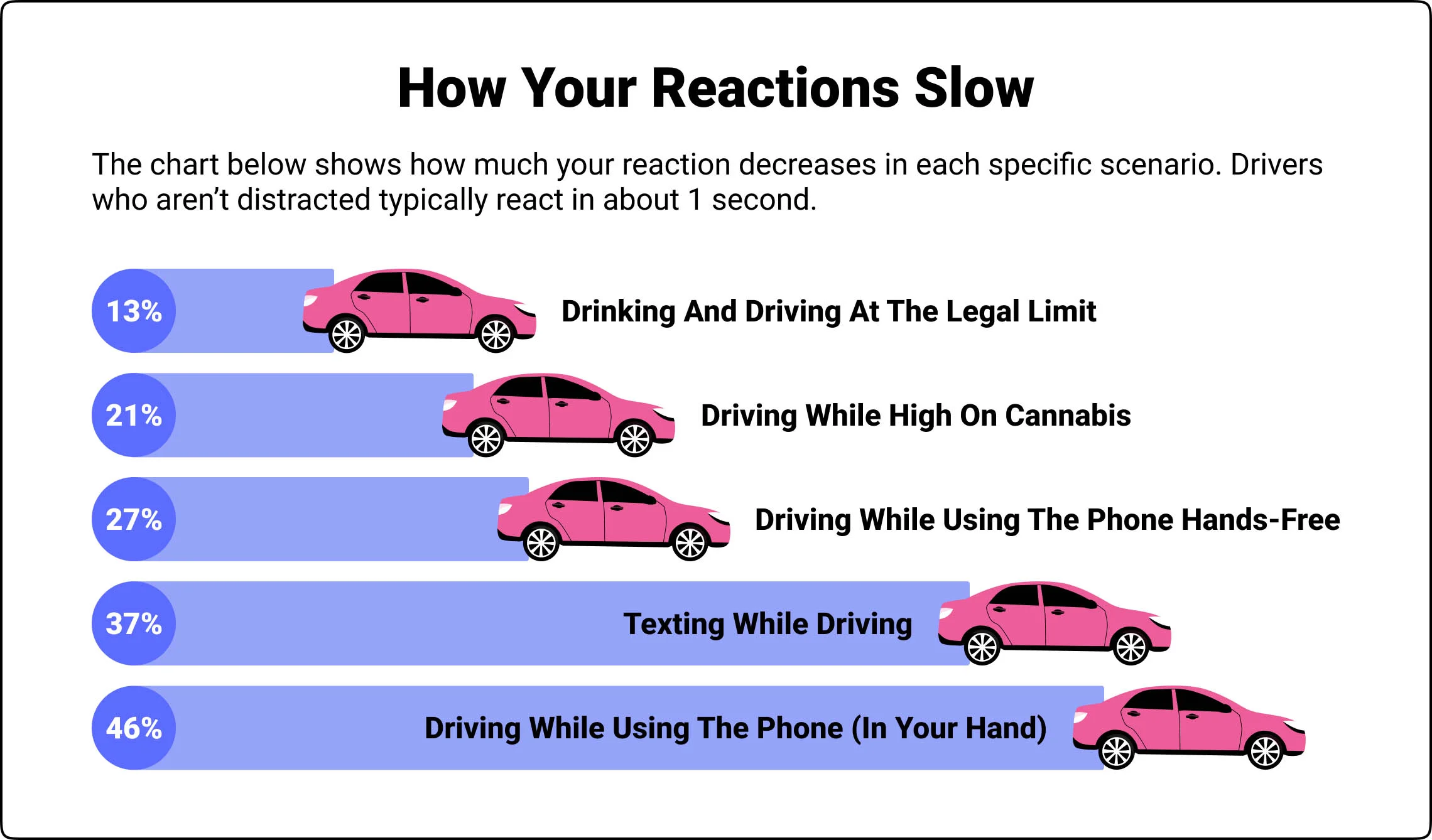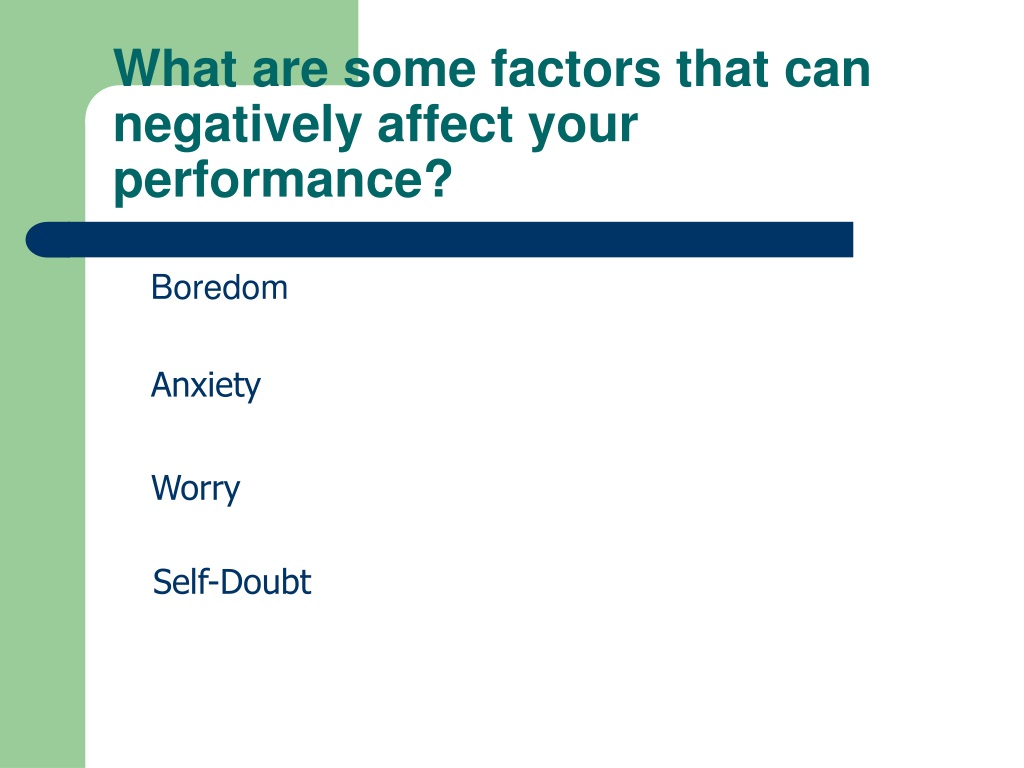What Are 3 Factors That Can Negatively Impact Your Driving

Accidents happen in the blink of an eye, often due to factors drivers can control. Recognizing and mitigating these risks is crucial for road safety.
This article highlights three key factors that demonstrably impair driving ability, contributing to a significant number of accidents. Understanding these dangers is the first step toward becoming a safer, more responsible driver and protecting yourself and others on the road.
Distracted Driving: A Clear and Present Danger
Distracted driving is a leading cause of accidents nationwide. It involves anything that takes your attention away from the primary task of driving.
The National Highway Traffic Safety Administration (NHTSA) reports that in 2021, 3,522 people were killed in crashes involving distracted drivers. This highlights the deadly consequences of this pervasive issue.
The Three Types of Distractions
Distractions fall into three main categories: visual, manual, and cognitive. Visual distractions take your eyes off the road, like looking at a billboard.
Manual distractions involve taking your hands off the wheel, such as eating or adjusting the radio. Cognitive distractions divert your mind from driving, like engaging in a stressful phone call.
Combating Distractions Behind the Wheel
The most effective way to combat distracted driving is to eliminate distractions before you start driving. Silence your phone or use a driving mode that blocks notifications.
Pull over to a safe location if you need to make a call or send a text. Passengers can also assist by handling navigation and other tasks.
Impaired Driving: Alcohol and Drugs
Driving under the influence of alcohol or drugs significantly impairs judgment, reaction time, and coordination. This puts everyone on the road at risk.
The Centers for Disease Control and Prevention (CDC) states that about 32 people in the United States die every day in crashes involving an impaired driver. This makes impaired driving one of the deadliest preventable threats on our roads.
The Dangers of Intoxication
Alcohol and drugs affect the central nervous system, leading to impaired vision, slowed reflexes, and poor decision-making. Even small amounts of alcohol can impair driving ability.
Illegal drugs and some prescription medications can also have similar effects. Drivers should always read labels carefully and consult their doctor if they are unsure about the effects of a medication.
Prevention and Alternatives
Never drive under the influence of alcohol or drugs. Plan ahead by designating a sober driver, using a ride-sharing service, or taking public transportation.
If you are hosting a gathering where alcohol is served, make sure guests have safe transportation options. Remember, your actions can save lives.
Aggressive Driving: A Road Rage Epidemic
Aggressive driving, which includes speeding, tailgating, and reckless lane changes, is a significant contributor to accidents. It stems from a combination of stress, impatience, and disregard for others.
While exact statistics on accidents directly caused by aggressive driving are difficult to isolate, studies link these behaviors to a higher risk of collisions and injuries.
Understanding Aggressive Driving Behaviors
Aggressive driving is often characterized by hostility and disregard for traffic laws. Common behaviors include speeding, weaving in and out of traffic, and running red lights.
Tailgating, or following too closely, is another dangerous form of aggressive driving. It reduces reaction time and increases the risk of a rear-end collision.
De-escalating and Avoiding Road Rage
If you encounter an aggressive driver, do not engage. Avoid eye contact and give them plenty of space.
If you feel threatened, pull over to a safe location and call the authorities. Practice patience and focus on your own driving.
To avoid becoming an aggressive driver yourself, manage your stress levels before getting behind the wheel. Allow plenty of time to reach your destination and avoid engaging in confrontational situations.
The consequences of these three factors can be devastating. Drivers must take responsibility for their actions and prioritize safety above all else.
Law enforcement agencies and traffic safety organizations are continuously working to raise awareness and enforce traffic laws. Stay informed and participate in safe driving initiatives in your community.
Remember, driving is a privilege, not a right. By understanding and addressing these risks, we can create safer roads for everyone.


















